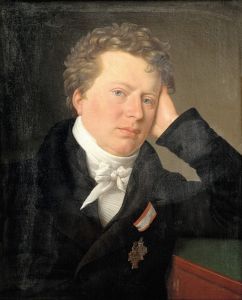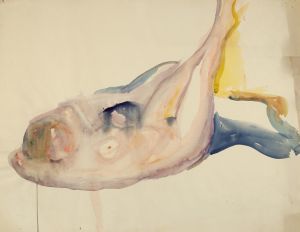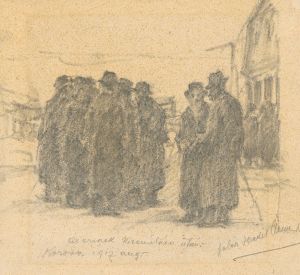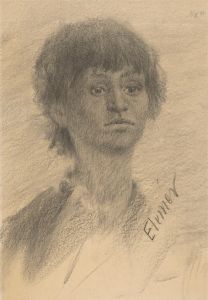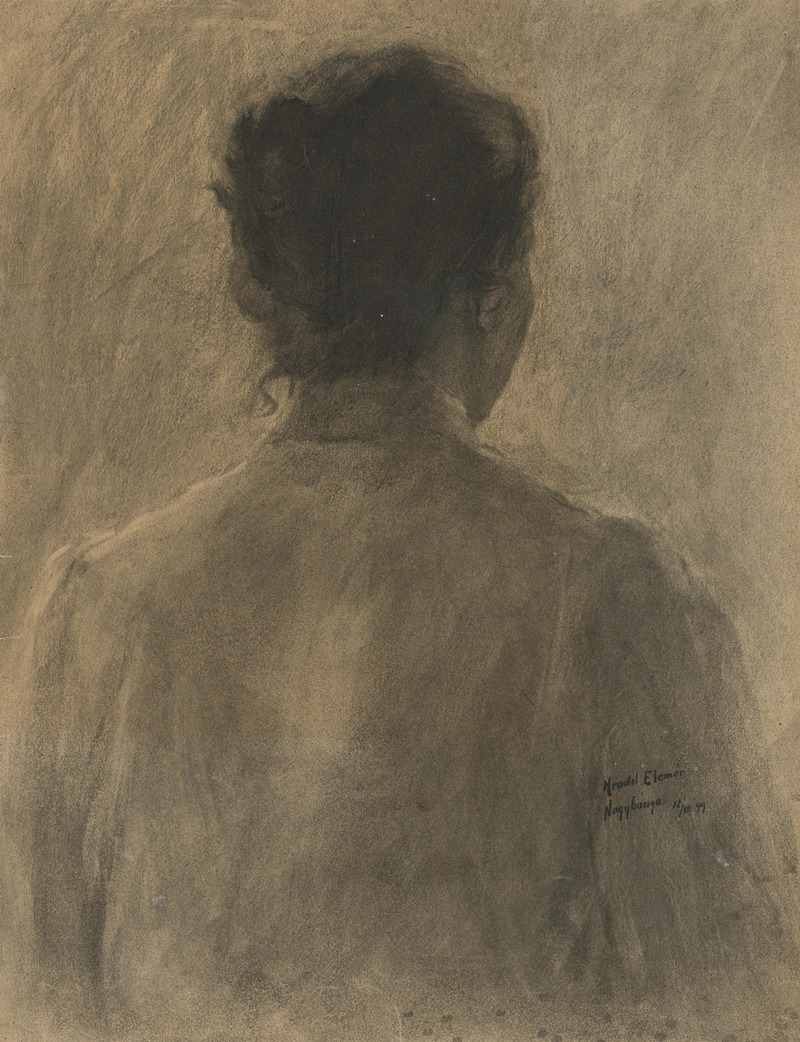
Štúdia ženy zo zadu
A hand-painted replica of Elemír Halász-Hradil’s masterpiece Štúdia ženy zo zadu, meticulously crafted by professional artists to capture the true essence of the original. Each piece is created with museum-quality canvas and rare mineral pigments, carefully painted by experienced artists with delicate brushstrokes and rich, layered colors to perfectly recreate the texture of the original artwork. Unlike machine-printed reproductions, this hand-painted version brings the painting to life, infused with the artist’s emotions and skill in every stroke. Whether for personal collection or home decoration, it instantly elevates the artistic atmosphere of any space.
Elemír Halász-Hradil (1873-1948) was a notable Slovak painter and graphic artist, recognized for his contributions to the art scene in Slovakia and Hungary during the late 19th and early 20th centuries. One of his works, "Štúdia ženy zo zadu" (Study of a Woman from the Back), exemplifies his skill in capturing the human form with sensitivity and precision.
"Štúdia ženy zo zadu" is a study piece that focuses on the back view of a female figure. This type of study was common among artists who sought to understand and depict the human anatomy accurately. The painting showcases Halász-Hradil's adeptness in rendering the subtleties of the human body, emphasizing the contours and musculature of the back. The use of light and shadow in the piece highlights the three-dimensionality of the figure, demonstrating the artist's understanding of depth and volume.
Elemír Halász-Hradil was born in Komárno, a town that was part of the Austro-Hungarian Empire and is now located in Slovakia. He studied at the Academy of Fine Arts in Budapest, where he was influenced by the academic traditions of the time. His education provided him with a strong foundation in classical techniques, which is evident in his meticulous approach to figure studies.
Throughout his career, Halász-Hradil was known for his portraits, landscapes, and genre scenes. His works often reflected the cultural and social milieu of his time, capturing the essence of everyday life in the regions he lived and worked. "Štúdia ženy zo zadu" fits within this broader context of his oeuvre, showcasing his ability to blend technical skill with an empathetic portrayal of his subjects.
The painting is executed with a delicate balance of line and form, suggesting a careful study of the model's posture and anatomy. The simplicity of the composition draws attention to the elegance of the human form, free from any extraneous details that might distract from the central figure. This focus on the purity of form is a hallmark of Halász-Hradil's studies, reflecting his dedication to mastering the depiction of the human body.
Elemír Halász-Hradil's work, including "Štúdia ženy zo zadu," remains an important part of Slovak and Hungarian art history. His contributions to the artistic heritage of the region are celebrated for their technical excellence and insightful representation of human subjects. While specific details about the creation and provenance of "Štúdia ženy zo zadu" may not be extensively documented, the painting itself stands as a testament to Halász-Hradil's skill and artistic vision.
In summary, "Štúdia ženy zo zadu" by Elemír Halász-Hradil is a fine example of the artist's ability to capture the human form with precision and sensitivity. The painting reflects his academic training and his commitment to portraying the human body with both technical accuracy and emotional depth.






